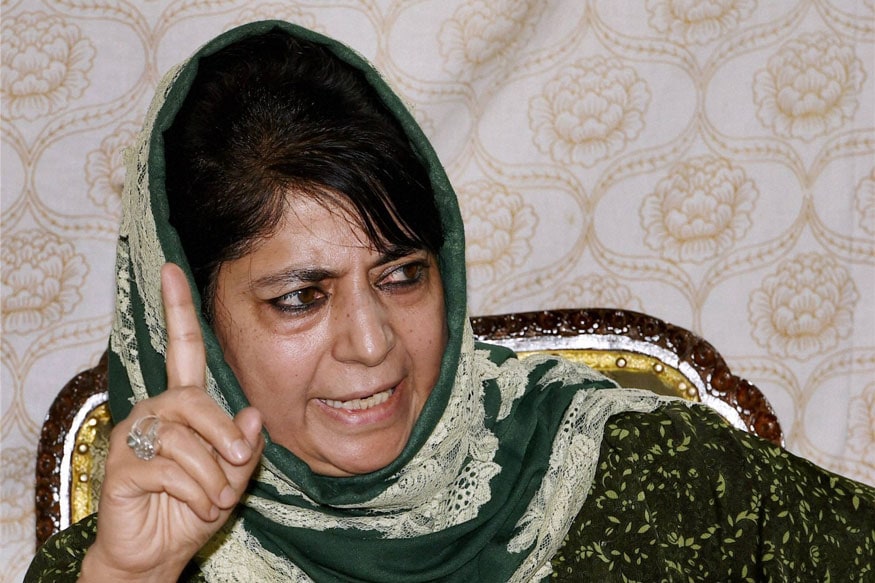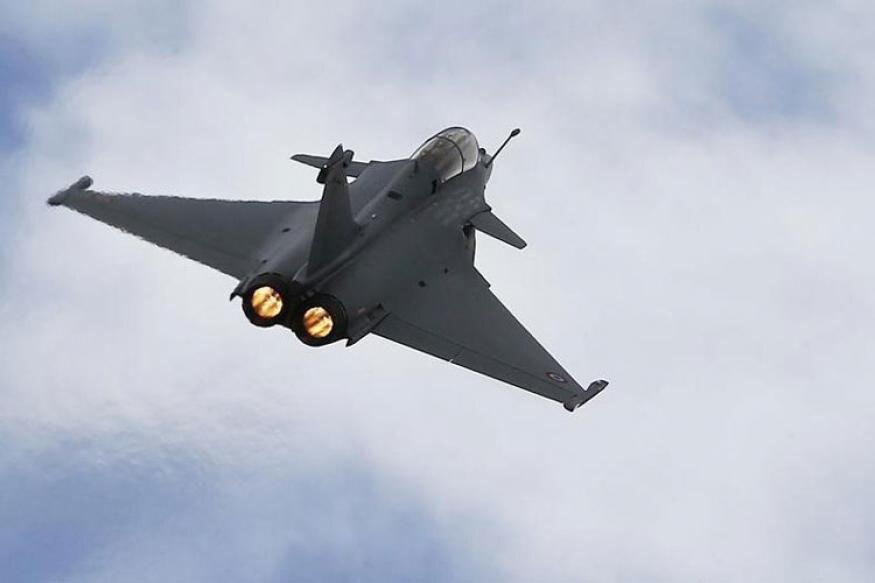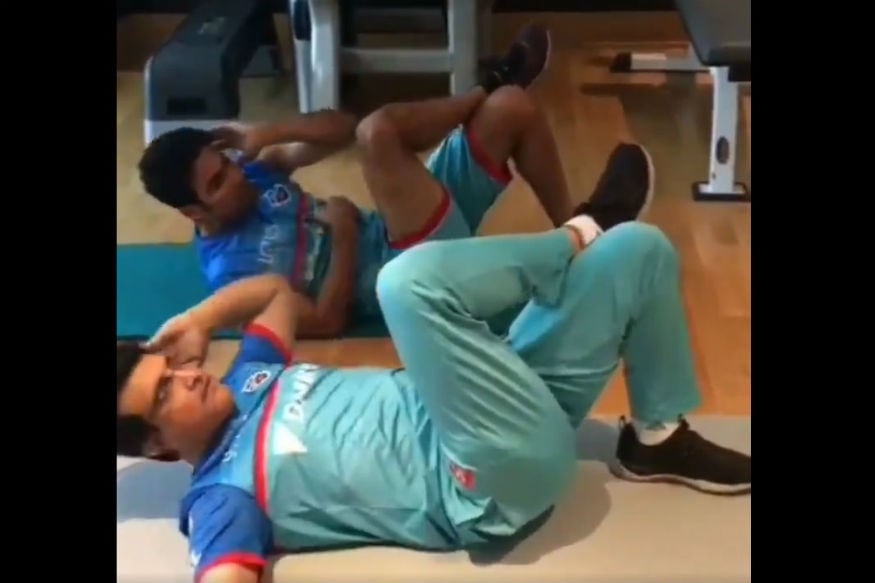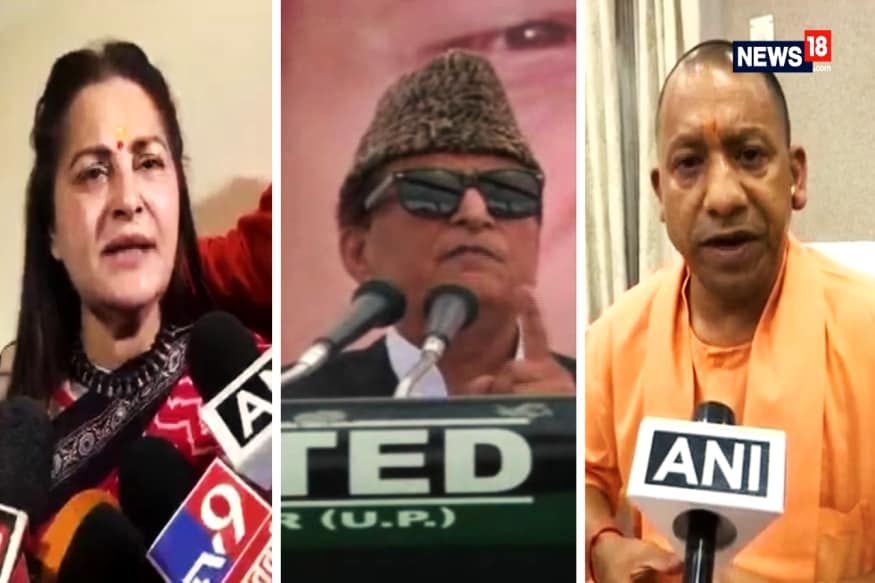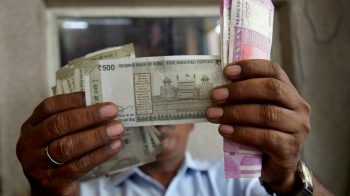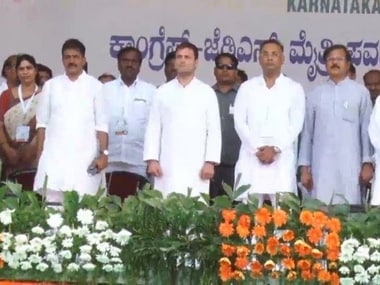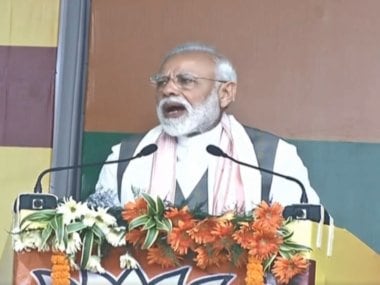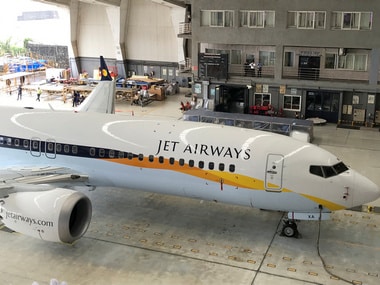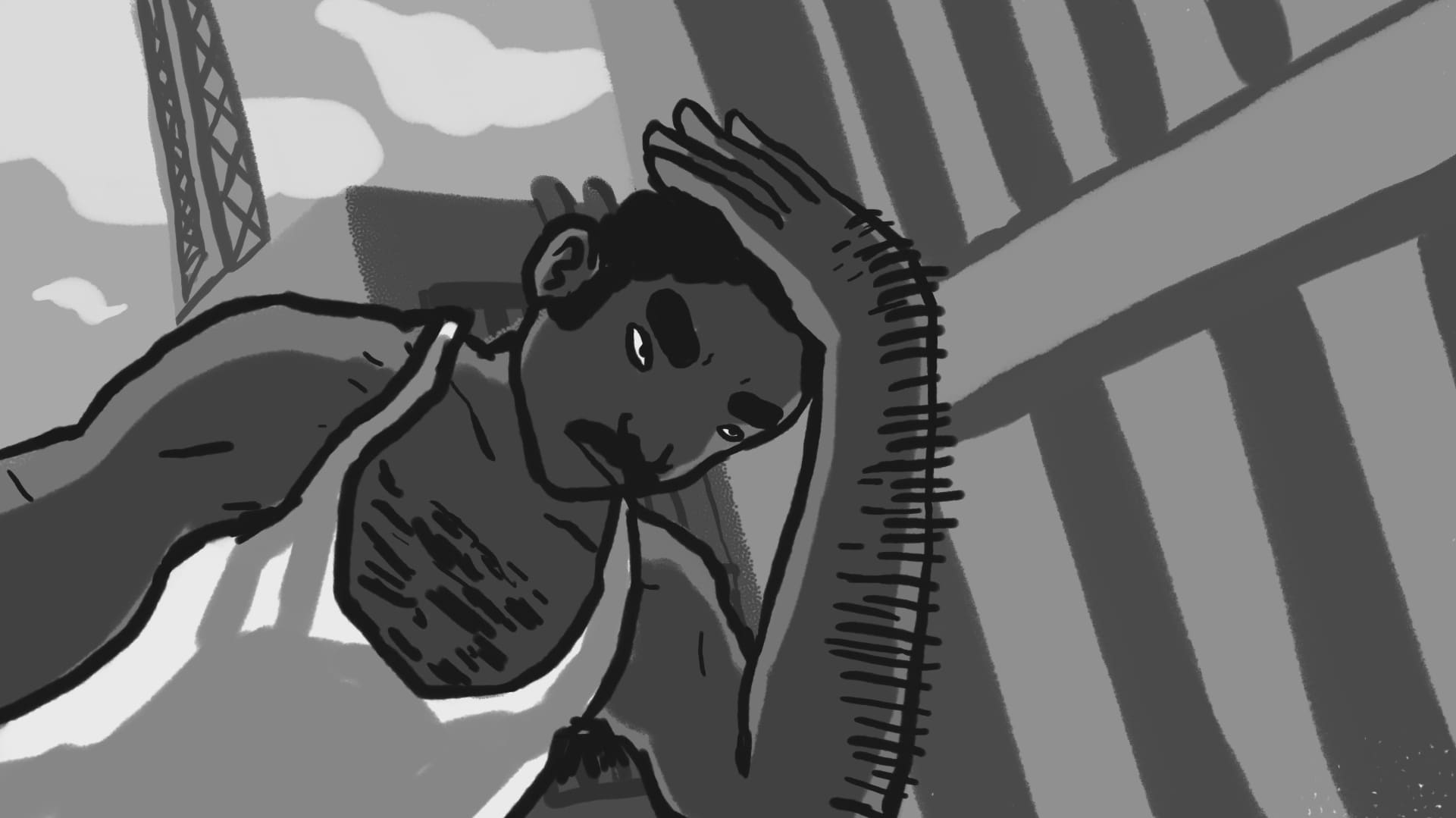Increased insurance and product costs, tightened lending norms, high fuel prices, poor sentiments and demand saturation in certain segments such as scooters have affected retail off-take of two-wheelers.
Production of two-wheelers slipped to its lowest level in five quarters after manufacturers cut back heavily on output following a slump in retail demand.
Data shared by the Society of Indian Automobile Manufacturers (SIAM) showed two-wheeler output during January-March of 2019 quarter at 5.4 million - a fall close to the levels of 2017 quarter of October-December, when the industry saw production close at 5.25 million.
All major two-wheeler manufacturers, with the exception of Bajaj Auto, reported a decline in sales volumes during FY19.
Increased insurance and product costs, tightened lending norms, high fuel prices, poor sentiments and demand saturation in certain segments such as scooters have affected retail off-take of two-wheelers, which has remained poor since the conclusion of 2018 festive period.
While sales grew by 4.86 percent last year, Bajaj, which is present only in the motorcycle segment, recorded 28.7 percent sales growth in volumes. Honda Motorcycle and Scooter India recorded the biggest fall with sales volumes declining by 4.4 percent.
HSMI's sales in March slumped by 47 percent. The maker of Activa and Unicorn closed the month lower than Chennai-based TVS Motor Company, which has been trailing the Japanese giant since many years for the second spot.
Unlike its rivals, HMSI does not offer credit days to its dealers which means that dealers have to make on-the-spot payments for their purchases. As inventories of the two-wheeler industry started to hit 100 days (as against the normal 25-30 days) dealers began to cut back on purchases thus leading to fall in production. During March alone, HMSI's production went down by 67 percent.
Hero Motocorp, the country's largest two-wheeler maker, saw production go down by nearly 20 percent in March and 14 percent in January. The Delhi-based manufacturer has amongst highest unsold inventory in the industry. A mail sent to Hero seeking response over its planned production cut remained unanswered at the time of publishing the article.
While SIAM predicted a growth of 10-11 percent before the start of last financial year, the two-wheeler sector ended last year with a growth of just 4.86 percent. The apex lobby body has reduced its prediction of growth for FY20 to 5-7 percent.
The outlook looks grim following political uncertainty, low consumer sentiment below normal prediction of rains for the year. Demand may get a boost only before the switch over to Bharat Stage VI standard when prices are expected to increase.
Bajaj, India’s third biggest two-wheeler producer, has been able to navigate the slowdown better than its peers. During March for instance, the Pune-based company's sales grew by nearly 39 percent while the industry saw volumes go down by 17 percent. It has managed to keep its inventory days to 55 as against 90-100 of the industry.





























